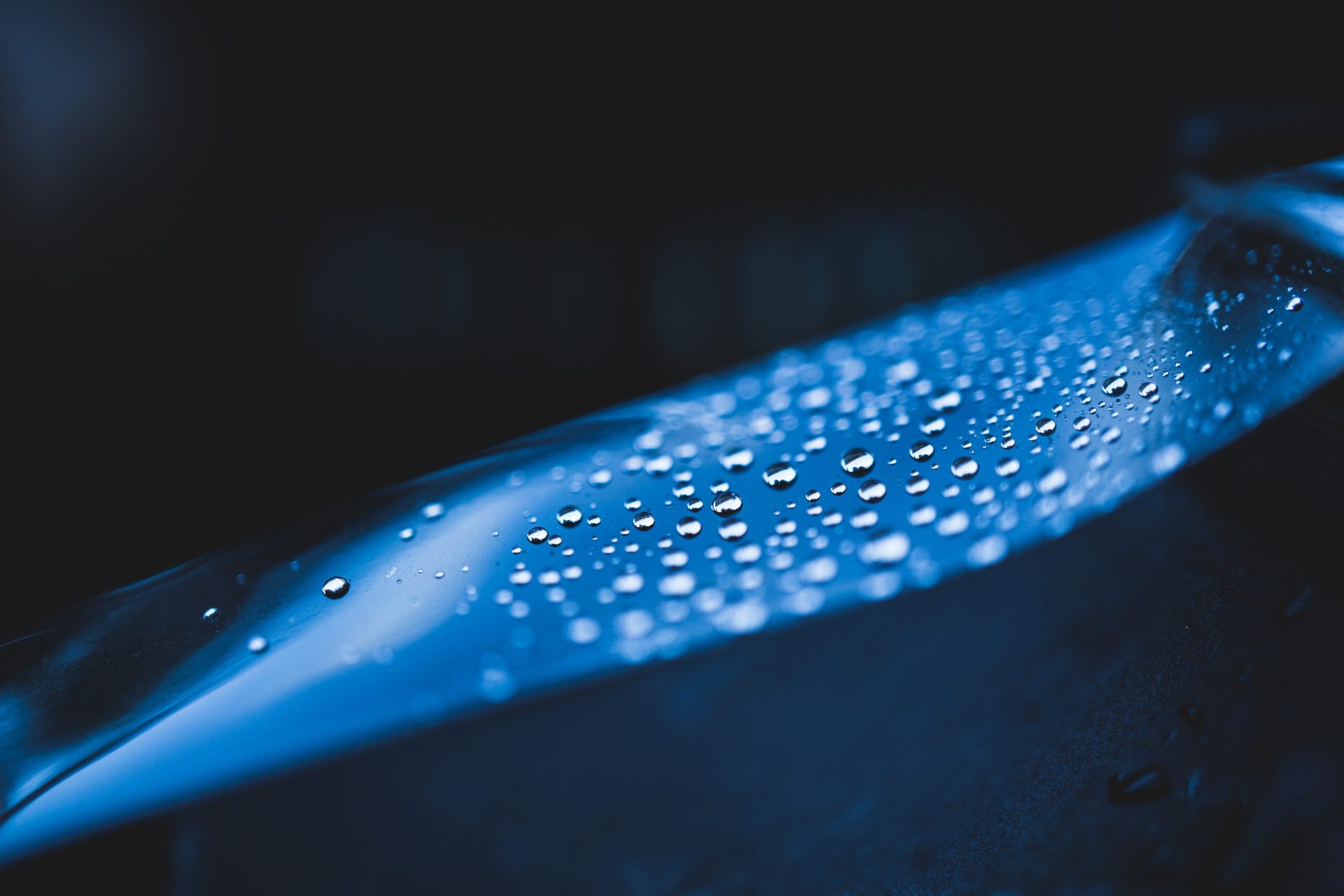

Organic Films
Checking technical purity and cleanliness by infrared spectroscopy
Surface coatings require absolute clean and dry work pieces devoid of remainders like fat, oil or salts. Only small amounts of these surface impurities will result in a poor adherence of the coating substance with all the negative impacts on the product quality.
FT-IR spectroscopy and microscopy can analyze large surface area as well as microscopic contaminations on metallic / reflective surfaces. Typical residues include:
- Oil or other lubricants
- Tensides and residual cleaning agents
- particles and similar contaminants
- inclusions in faulty coatings.
Coating homogeneity and layer thickness determination by FT-IR
In addition to using the correct coating material, it is primarily important to determine the uniform presence of the coating layer and its homogeneity. Incorrect application of the coatings leads to product failure and defects.
FT-IR spectroscopy is a very powerful technique to obtain information about the presence and chemical identity of coatings. However, for particularly small substrates (e.g. a metallic wire), infrared microscopes are necessary for analysis. FT-IR microscopy can help to verifiy a coating's:
- Presence
- Thickness
- Uniformity